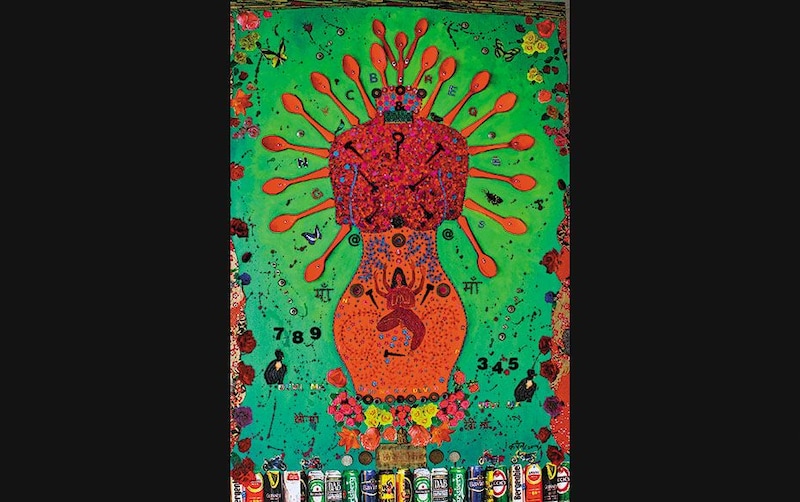Indian art: Meet the masters of popular aesthetics
These artists form the bulwark of the market and include well-known names with a consistent body and quality of work. To the public, they represent the face of Indian art without having to carry the b
Jul 02, 2016, 02:45 IST5 min

Image by Forbes
2/6
Image by Forbes
3/6
Image by Forbes
4/6
Image by Forbes
5/6
Image by Forbes
6/6
Image by Forbes
Photogallery
- Home /
- Photogallery /
- Live /
- Indian-art-meet-the-masters-of-popular-aesthetics
Advertisement
Advertisement